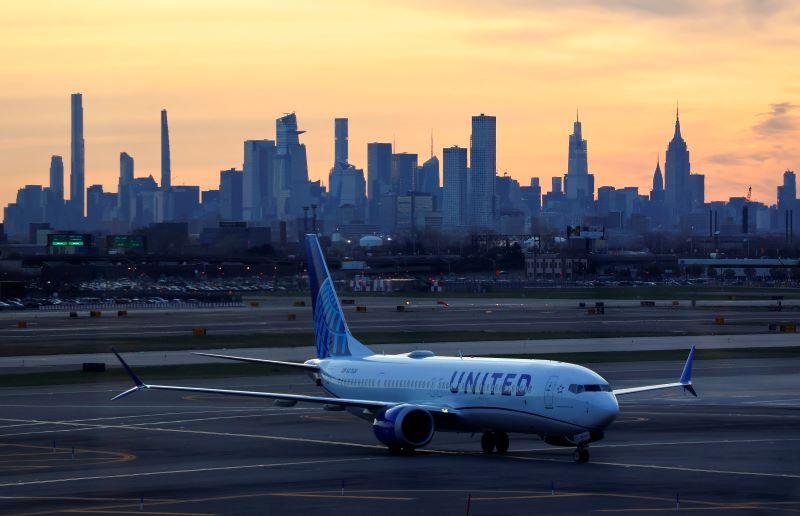
Credit: Gary Hershorn / Getty Images
United Airlines anticipates its schedule at Newark International will be smaller next summer as it works to adjust to more frequent operational disruptions at its major East Coast hub. During the last week in June, United battled operational headwinds in Newark due to adverse weather and a shortage...
Subscription Required
This content requires a subscription to one of the Aviation Week Intelligence Network (AWIN) bundles.
Schedule a demo today to find out how you can access this content and similar content related to your area of the global aviation industry.
Already an AWIN subscriber? Login
Did you know? Aviation Week has won top honors multiple times in the Jesse H. Neal National Business Journalism Awards, the business-to-business media equivalent of the Pulitzer Prizes.





